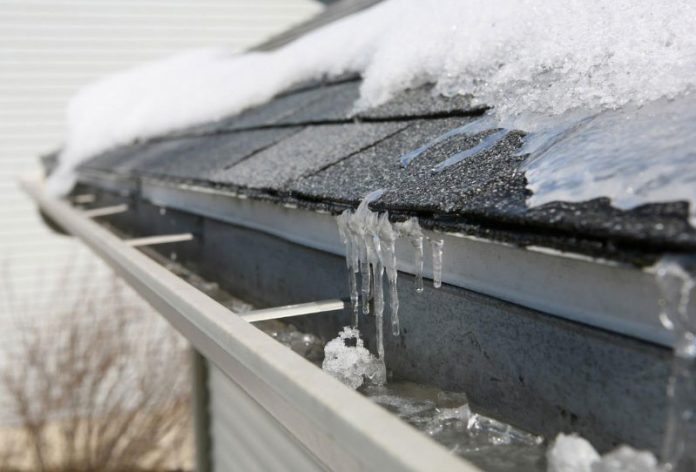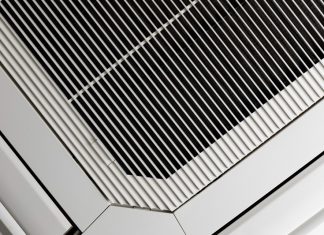If you live in an area of the country that experiences below-freezing temperatures during the winter months, then you know very well the importance of having a quality roof on your home when the air outside becomes frigid and harsh.
A dependable and well-maintained roof is essential at any time of the year, but particularly during the often unforgivable winter months. But what types of roofs are best for dealing with the harsh winter weather?
There are certainly some materials that are better suited for cold temperatures than others. And you’d be well advised to do your research in this area before deciding on a roofing material for your family home.
But regardless of which type of roof you ultimately decide on, you definitely want to make sure that you have an adequate amount of insulation in your attic to deal with the cold winter weather.
If you don’t, you’re going to be losing a lot of heat through your roof and driving up your heating bills considerably during the cold weather months. And winter heating bills are high enough without unnecessarily making them higher than they need to be.
One way to tell if your insulation is adequate is to wait for a snowstorm and then observe how the snow melts on your roof. If it’s melting even when the temperatures are below freezing, there’s a pretty good chance that you don’t have enough insulation in your attic.
Okay, but what about those types of roofing materials that perform best in the wintertime? Here are a few choices for your consideration:
Asphalt Shingles
This is the most popular type of roofing material in the United States, but it’s also known to stand up pretty well in cold winter conditions and heavy snow.
Asphalt shingles are also much more affordable than other types of roofing materials and generally last anywhere between 10 and 20 years.
If you want to stick with shingles, but want something that will last a bit longer, cedar shingles are also a possible alternative. They also withstand the cold temperatures pretty well, but are more attractive and will last up to 50 years. Ultimately shingles become a problem when the shingles become loose and wind basically blow them away.
Tile And Slate
Roofs made of tile and slate are an excellent choice if you’re looking for something that will definitely stand up to the harshness of winter. But they’re also one of the more expensive options that are available to you.
And in addition to the added cost, they’re also much heavier than other roofing materials. So you’ll need to make sure that your roof is structurally sound enough to handle the extra weight.
That all being said, Old Man Winter is no match for the strength of tile and slate roofs. They’re excellent options if they fit within your budget.
Metal Roof Panels
When properly installed, metal roofs will last you for many years and are also very well suited for especially cold climates.
These types of roofs often include heat cables to prevent large amounts of snow from building up on the roof, as well as guards to prevent snow from sliding off the roof.
They’re relatively new when it comes to roofing options but have become increasingly popular in North America in recent years.
Cement Tiles
Cement tiles are the strongest roofing materials available in the market today and will definitely hold up to the cold temperatures and snowy weather.
But, like tile and slate, they’re extremely heavy and will require some type of structural reinforcement in order to support their full weight.
A single layer of cement tiles is about the same as three levels of asphalt shingles. They’re also fireproof, giving you another benefit to adding this type of material to your roof.
Solar Panels
When most people think of solar panels, they think of the warm summer months and the benefits that having these types of panels on your roof can and will bring.
But they’re also extremely effective during the cold winter months, capturing the heat from the sun and melting the snow and ice from your roof, while also keeping your home toasty warm.
Solar panels can be either of the passive or active variety, but both will protect your roof and your home during the winter, while also saving you money on your winter heating costs.
They can be a bit expensive at first, but will more than pay for themselves over the years.















